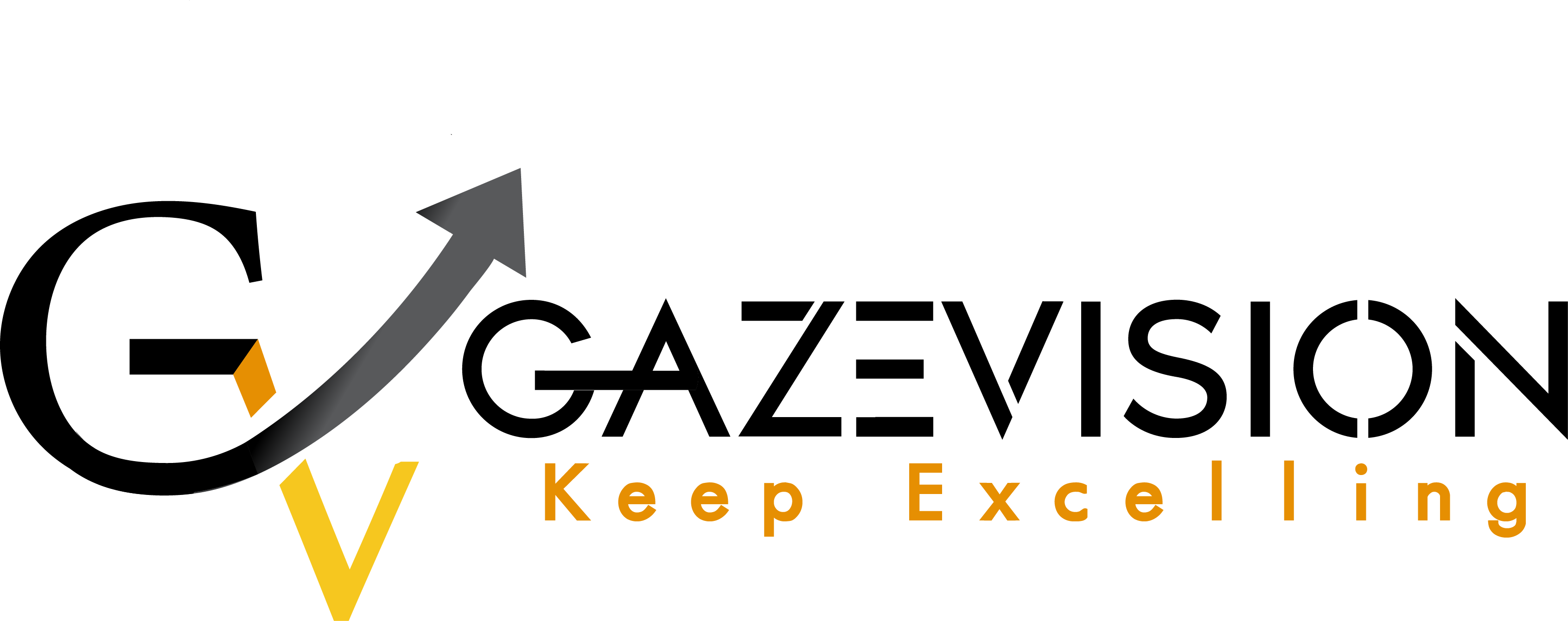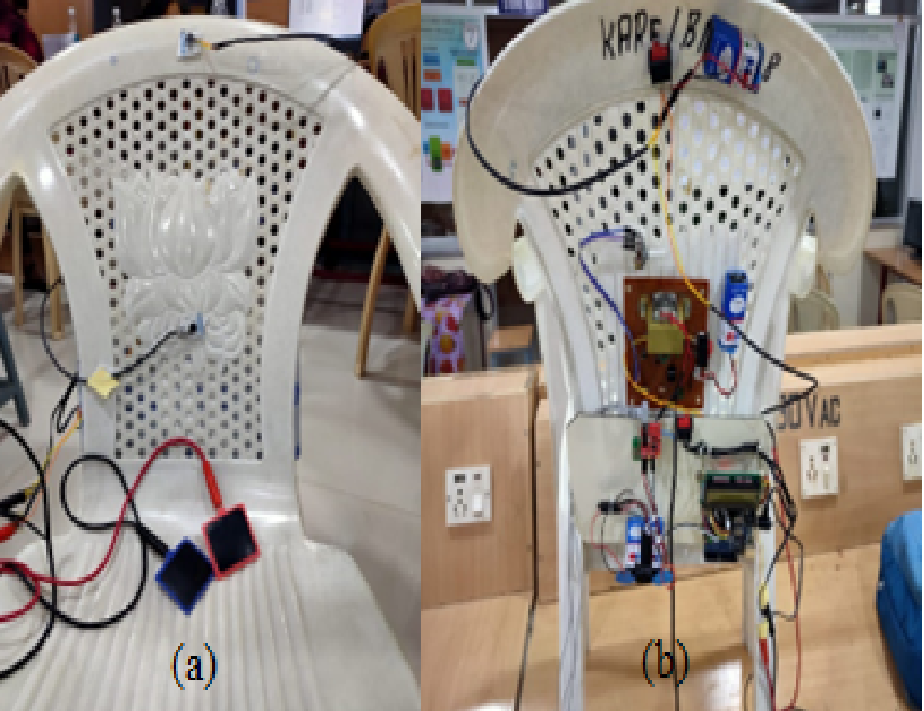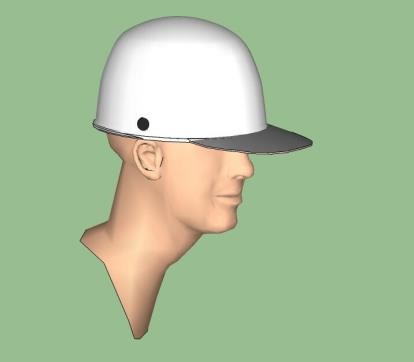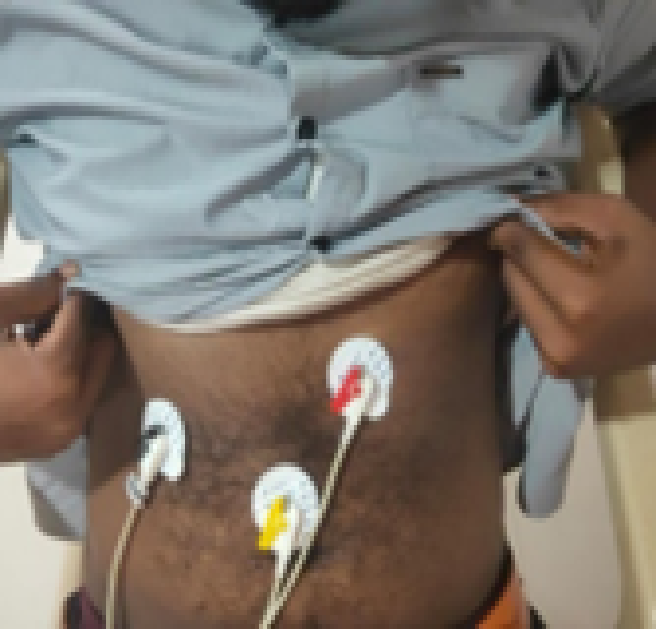Rehabilitation is a type of treatment that can help people regain, maintain, or improve abilities needed for living. These skills could be physical, mental, or cognitive in nature (thinking and learning). People who have lost them may have done so as a result of a disease or injury, or as a result of medical treatment. Rehabilitation can assist people in living a better life and functioning more effectively. Rehabilitation is for people who have lost abilities that they need in order to function in their daily lives. Back and neck pain, stroke, trauma, and injuries are some of the most common reasons. People who are undergoing rehabilitation are typically aided by a diverse team of health care professionals. They will work with individuals to assess their requirements, objectives, and treatment strategy. A treatment plan may comprise the following treatments: Assistive devices are gadgets, gear, and objects that help persons with impairments move and operate better. Thinking, learning, remembering, planning, and decision-making skills can all be re-learned or improved through cognitive rehabilitation therapy. People can benefit from music or art therapy, as well as mental health counselling, to express their emotions, improve their thinking, and form social bonds. Physical therapy can help people improve their strength, mobility, and fitness. Recreational therapy uses arts and crafts, games, relaxation training, and animal-assisted therapy to help people improve their emotional well-being. Speech and language therapy to help with speaking, comprehension, reading, writing, and swallowing Controlling the pain.
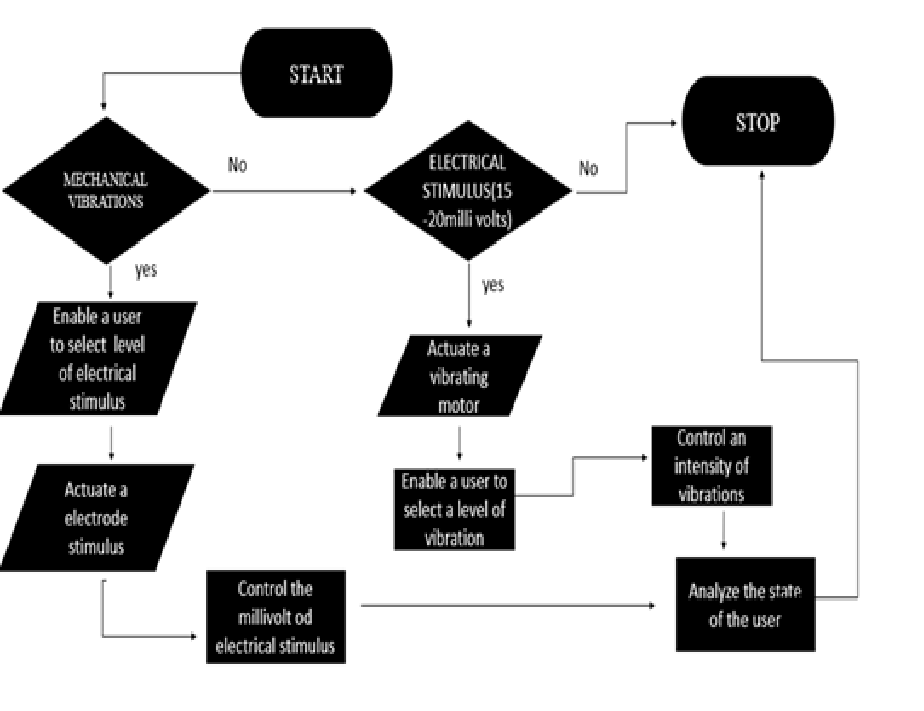
Osteoarthritis is also known as degenerative joint disease. Osteoarthritis is a condition in which the protective cartilage covering the tops of bones wears down or degenerates. Swelling and pain develop as a result of this. Osteophytes, or bone spurs, may occur as a result of this. It’s a typical articular surface problem that can turn into a devastating condition with pain and restricted motion over time. Low back pain affects around 80% of people at some point during their life. One of the most frequent medical issues is back discomfort. This spinal musculoskeletal condition (SMD) affects up to 80% of the population at some point in their lives. Back discomfort can affect a variety of bodily segments, including the shoulders, neck, and, most significantly, the upper and lower back. Lumbago, or low back pain, is one of the most frequent disorders affecting people of all ages. It is the world’s greatest cause of disability, as well as the second most common cause of activity limitation and sick leave. Activities that demand lifting big loads are a common cause of lower back pain. When ligaments and tendons are unexpectedly overloaded, their connective fibers can begin to attach to one another, lose resiliency, and tear down.
According to a recent study, 60-70 percent of patients recover in 6 weeks and 80-90 percent recover in 12 weeks with the help of rehabilitative treatment. Back pain, on the other hand, develops into a chronic condition after 12 weeks, producing severe agony, physical limits, and activity constraints. Those who do not recover within 12 weeks are accountable for up to 90% of the total health-care costs. Costs in the United States, for example, surpass $90 billion each year, whereas they are $8.1 billion in Canada and $9.17 billion in Australia. In order to regain spinal mobility, persons with back discomfort must undergo spinal rehabilitative therapy. The restoration of functional spinal motor abilities has been found to benefit from structured and repetitive activities involving physical movement and energy expenditure via skeletal muscle activation. A unique strategy to treating musculoskeletal issues caused by neurologic illnesses such as stroke and spinal cord damage is robot-assisted rehabilitation treatment. Robotic technology can assist patients in achieving the rigorous, repeated practice required for brain regeneration, while also lowering the need for monitoring and enhancing cost-benefit profiles. Robotic assistance devices have been the focus of recent research for effective upper and lower limb rehabilitation. The few known robotic devices for back pain therapy typically override the user’s movement.

The proposed chair has a seat arranged for a user to sit, armrests arranged to allow the user to rest their arms, and a back support arranged to provide support to the user’s back. It will deliver a stimulus (either mechanical vibration or electronic stimulus) and will be user-controlled. The vibration stimulus will be delivered by a vibrating motor placed in a predetermined position on the seat and configured to deliver vibrations. The chair also has a user interface that allows the user to select the level of vibrations. When a subject chooses and applies an electrical stimulus in a proposed chair, it modifies and masks the pain signal from reaching our brain, eventually reducing our pain. Simultaneously, when the subject chooses and gives vibration in the proposed chair, this will increase range of motion and blood flow, as well as facilitate removal of pain-inducing cytokines and pain reduction. This research article would describe the surveys, researches related to this design and also describes the methodology of designing and validating Rehabilitation chair design.
